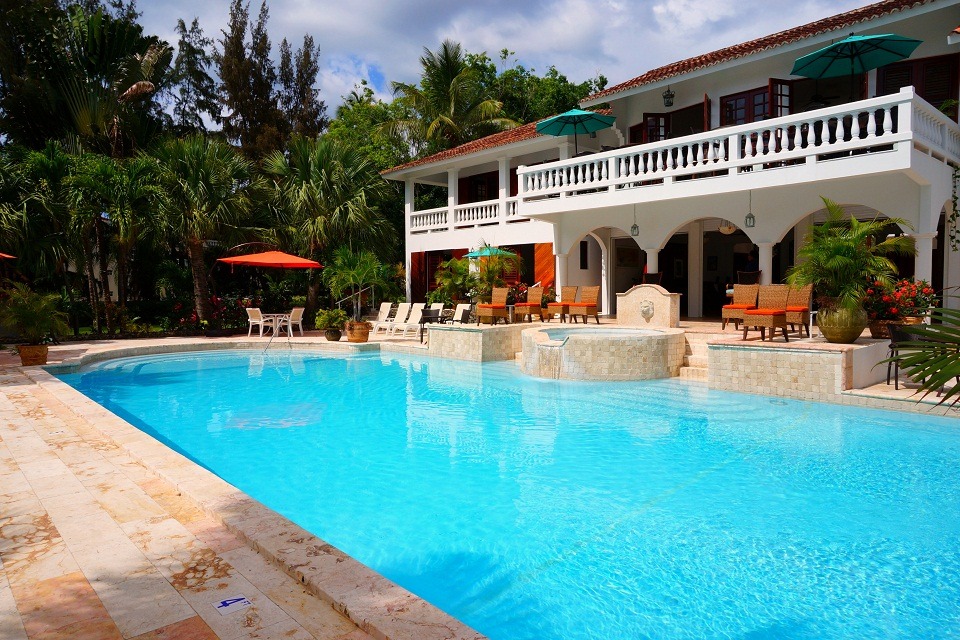Swimming pools have become integral parts of the home and are now popular in backyards everywhere; anyone can have one installed easily. The general lifetime costs of obtaining a pool have also declined significantly, and the wide range of possible installations imply flexibility on the part of the customer.
In order to keep your pool at its best, maintenance is a mandatory undertaking. While professional technicians undertake most maintenance tasks, there are many duties that one can undertake on their own as part of a regular ground pool maintenance schedule that serves just as vital a purpose as those major undertakings that are part of an expert’s purview.
For above-ground pools, in particular, the best way to keep them in proper working condition is to:
Clean
Proper and regular cleaning of the pool is vital to keeping it in an acceptable state. Regular cleaning is highly recommended, whereas the frequency of this cleaning remains up to you. Some factors may impact your decision on how often you need to clean your pool.
The most prominent of these is how much debris ends up on the pool surface. The pool’s nature is that it is the quintessential outdoor entertaining space, which means that it is always exposed to elements in the yard’s environs. Flowers and leaves falling from trees close to the pool will end up in it, while the wind will blow bits and pieces that are light enough to be picked up into the pool. In these cases, consistent cleaning is needed. This consistency is dependent on how often the debris is observed in the pool. In many cases, cleaning could become a daily task.
Check The Water Circulation
One major drawback associated with above ground pools is less than optimum water circulation. This creates a breeding ground for organic matter such as algae to flourish. The algae will form areas where the pumps are not as effective in circulating the water, for example, around the steps and in the spaces behind the ladder.
To minimisealgae’s tendency to form, you can circulate the water using manual methods like a pool brush. Alternatively, multidirectional jets are just as effective, if not more, with less physical labour required.
Check the PH of the Water
The optimal PH for pool water is between 7.2 and 7.6. This is mostly neutral. Should your pool’s water fall away from these numbers, it will have a noticeable effect as you try to make use of the pool or perform other maintenance tasks. Pool water that is more basic than ideal, meaning its PH levels fall above the recommended range, will require more chlorine to keep fresh, making it more expensive to maintain. On the other hand, pools with lower PH numbers may not need as much but may be harmful to the skin and eyes.
Checking your pool’s PH levels should be noted daily as monitoring the balance of the water is crucial in ensuring that the pool remains pleasant and does not cause harm anyone.
Observe the Level of Water
Water levels must be kept at a certain level to avoid damage and extra costs. The water in above ground pools should be up to about halfway up the skimmer.
An instance where the water level is too low creates a situation where the pump is likely to be damaged as it runs in a dry environment. Conversely, too much water translates to the need for more resources such as chlorine, which adds unnecessary expense to the pool’s overall maintenance.
A cheap swimming pool should be given just as much care as the more costly type. Therefore, if you are wary of missing or overlooking something, you should establish a workable schedule that can help you make certain that your pool is always well cared for;you, in turn, will always be able to enjoy the time that you spend in it.

